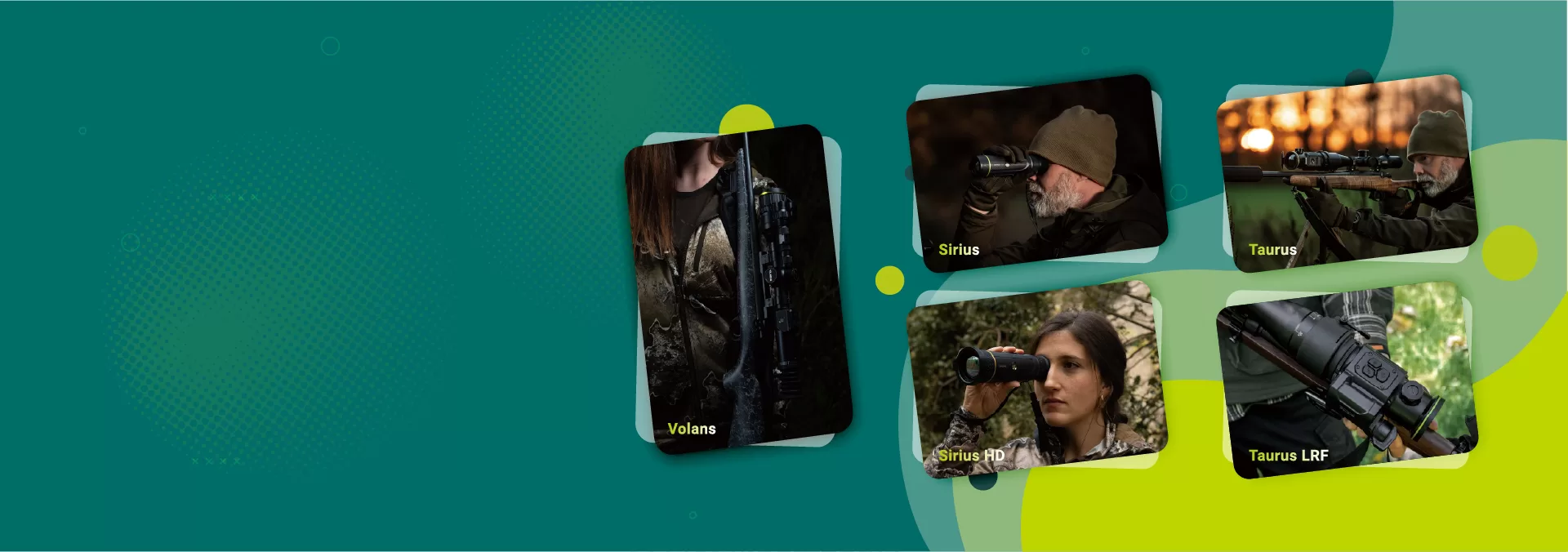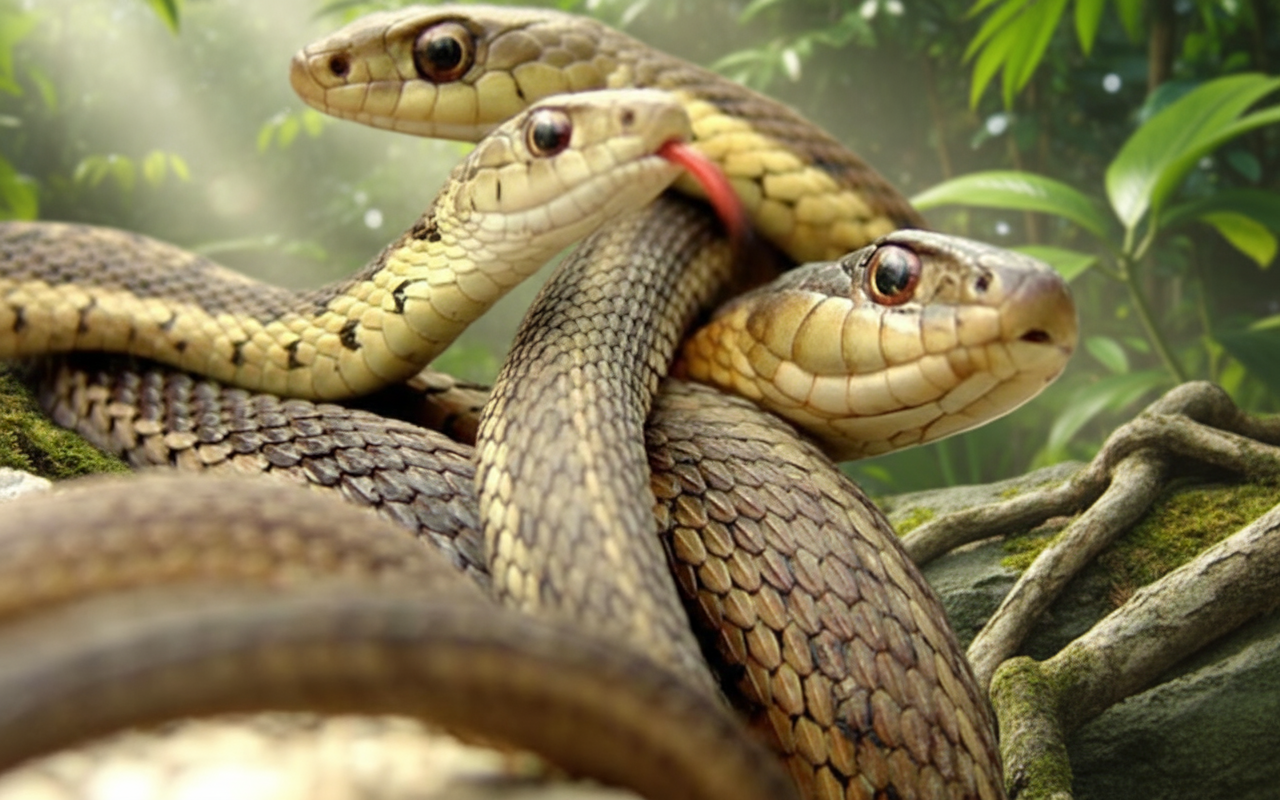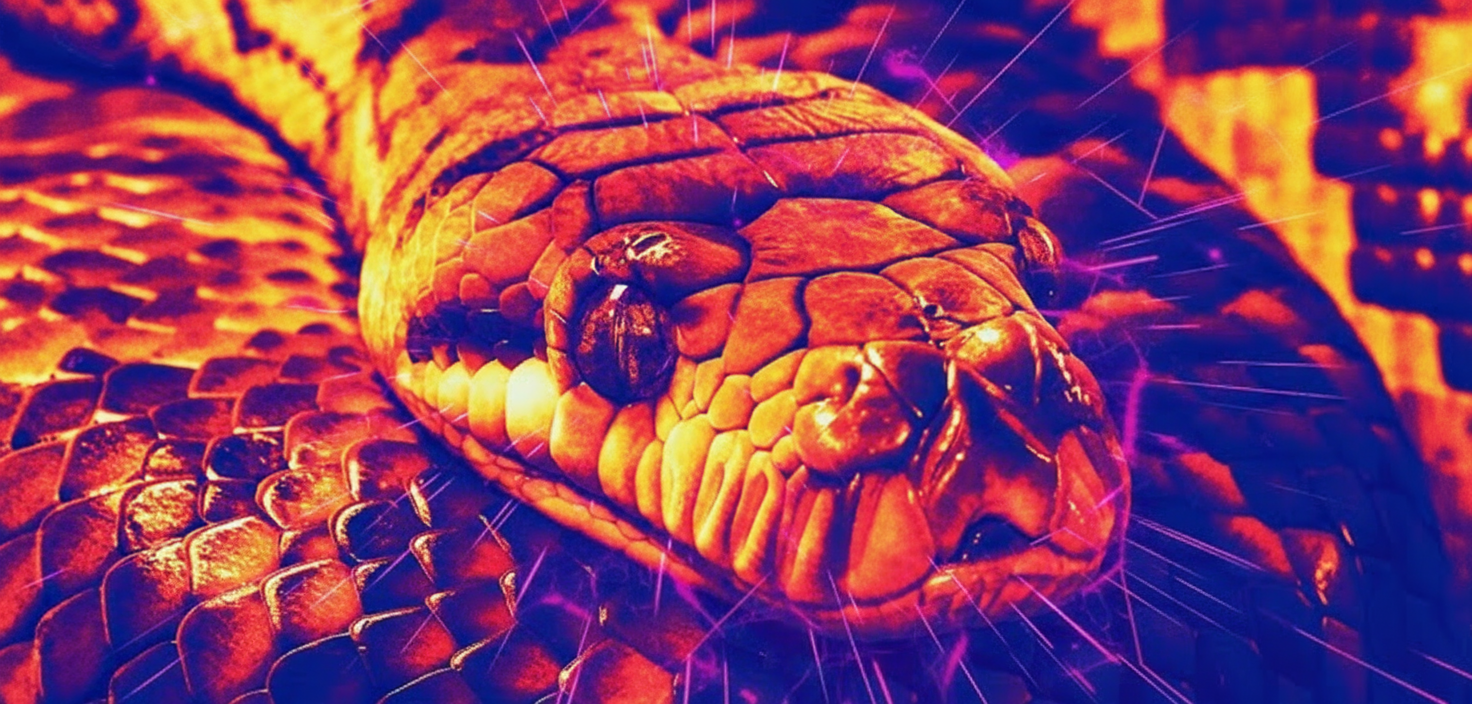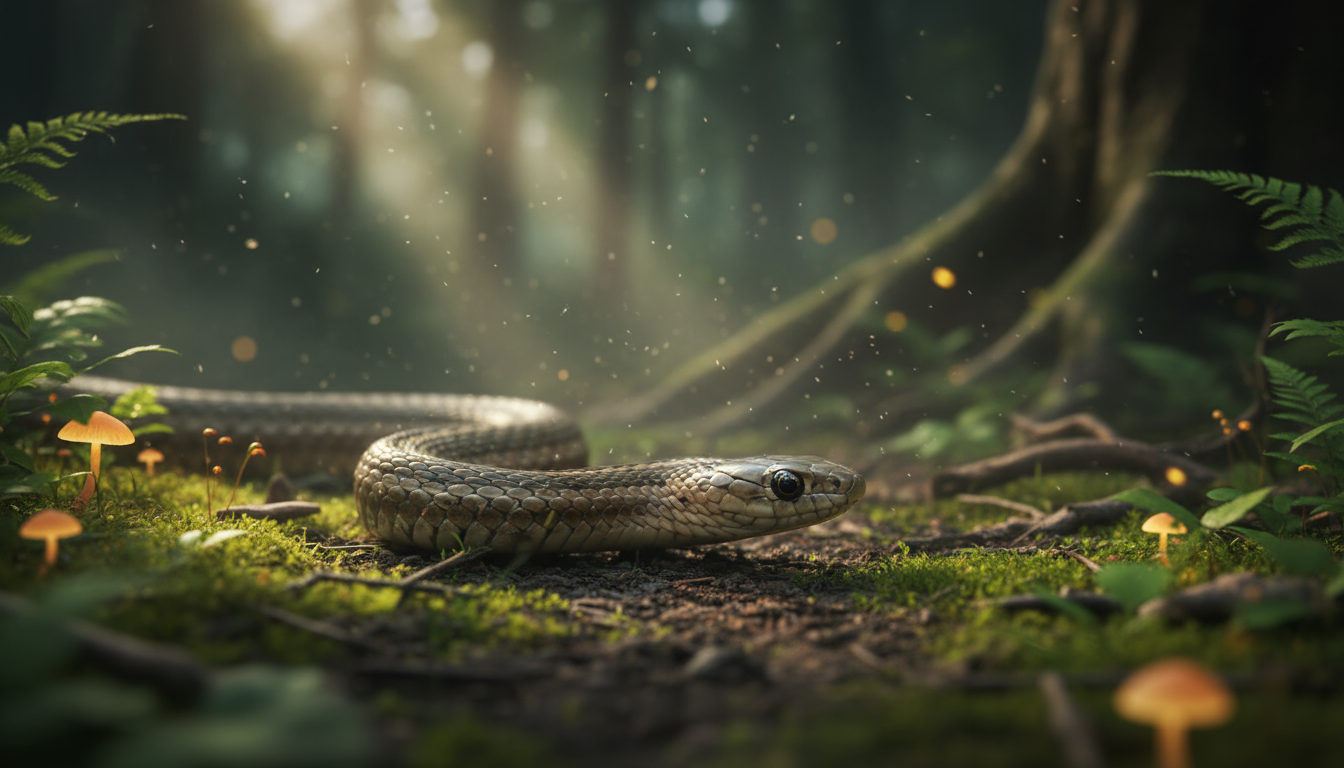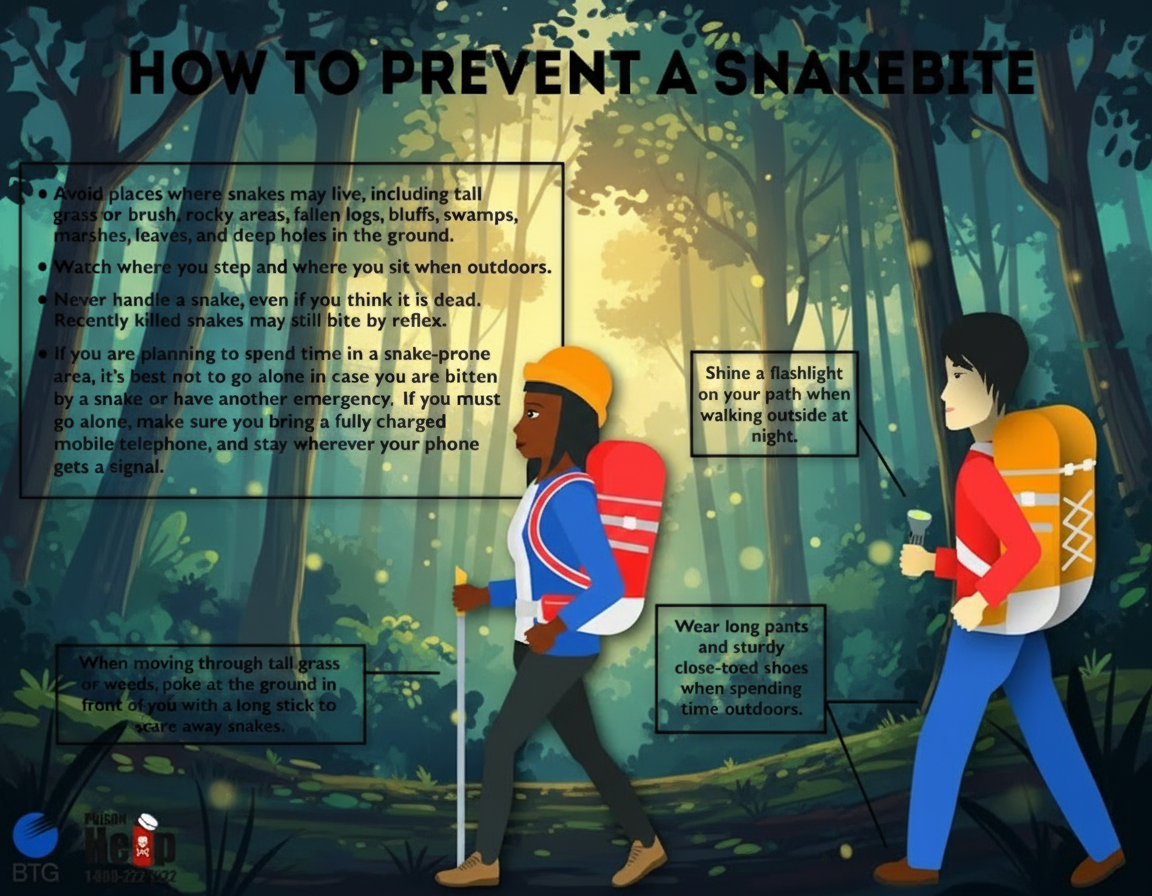When the sun sets and darkness blankets the landscape, a whole new world of predators comes alive. Snakes, those mysterious reptiles that have fascinated and frightened people for centuries, are among the most skilled nocturnal hunters on the planet. Whether you’re curious about when these serpents are most active or how they track down prey in complete darkness, we’ve got the answers you’ve been looking for. And if you’re interested in learning more about other fascinating nighttime predators, check out our guide on fox hunting at night to see how different species master the dark.
Snakes have evolved some seriously cool tricks to survive and thrive when most of us are fast asleep. From heat-sensing superpowers to silent ambush tactics, these reptiles are way more than just creepy crawlers. Let’s dive into the secret lives of snakes after dark and uncover what makes them such effective hunters when the lights go out.
Are Snakes Nocturnal or Diurnal?
Here’s the thing: not all snakes follow the same schedule. The truth is actually way more interesting than a simple yes or no answer. Different snake species can be strictly diurnal (active during the day), crepuscular (active at dawn and dusk), or nocturnal (active at night). For example, a black mamba is a diurnal snake, while a ball python is nocturnal, and corn snakes are crepuscular, meaning they’re most active during twilight hours.
Snakes decide when to be active based on a bunch of factors. Some are naturally wired to hunt at certain times because of their genes, while others adapt their schedules based on food availability, temperature, and danger from predators. Many species are nocturnal primarily to avoid predators and reduce competition for food. The cooler temperatures at night also help them manage body heat, especially in hotter climates, and hunting at night lets them catch prey without being spotted as easily.
Most snakes are actually most active during the twilight hours – those periods just before sunrise and after sunset. During these times, the temperature hits that sweet spot where snakes can move efficiently without overheating or getting too cold. The low light also gives them natural camouflage, making it easier to hunt without being seen by bigger predators or their next meal.
What Time of Night Are Snakes Most Active?
If you’re wondering when you’re most likely to encounter a snake after dark, the answer depends on the season and local climate. Generally, snakes are most active during the twilight hours – both at dusk and dawn. These transition periods offer the perfect hunting conditions with moderate temperatures and dim lighting.
During hot summer months, many snakes shift to being more nocturnal to escape the scorching daytime heat. They can only survive extreme temperatures for about 10-20 minutes, so nighttime activity is a survival strategy. Even after the sun goes down, these cold-blooded creatures can absorb warmth from rocks, roads, and other objects that retain heat from the day.
In spring and fall, when daytime temperatures are more comfortable, snakes tend to be more active during the day or at twilight. Temperature is the main driver behind when snakes come out to hunt. Snakes are ectothermic (cold-blooded), which means they rely on external heat sources to power their bodies and regulate their metabolism. When it’s too cold, they become sluggish and can’t hunt effectively. When it’s too hot, they risk overheating and must find shade quickly.
Snake Hunting Strategies: Ambush vs. Active Foraging
Snakes use two main hunting strategies, and understanding these can give us major insights into their after-dark behaviors. The vast majority of snakes are ambush predators – they prefer to lie in wait for prey to come close rather than actively chasing it down. These patient hunters rely heavily on camouflage to stay hidden while they wait for the perfect moment to strike.
Ambush predators like rattlesnakes, pythons, and vipers typically have thick, powerful bodies and large heads. This body type isn’t great for speed, but it’s perfect for delivering a quick, powerful strike when prey wanders within range. These snakes will often sit motionless for hours or even days, waiting for an unsuspecting meal to pass by. Their patience is seriously next-level.
On the flip side, some snakes are active foragers that search their environment for food. Garter snakes, king snakes, and rat snakes fall into this category. These hunters tend to have longer, thinner bodies that give them better agility and speed. They use their excellent sense of smell to track down prey, poking their heads through leaves and loose soil to find hidden meals. Active foragers rely heavily on their vomeronasal organ (also called Jacobson’s organ) to detect chemical scents in their environment.
How Snakes Detect Prey in Darkness
One of the coolest things about nocturnal snakes is how they’ve adapted to hunt when they can’t rely on sight alone. These reptiles have developed some seriously impressive sensory tools that let them find and catch prey in complete darkness.
Heat-Sensing Pits: Many nocturnal snakes, especially pit vipers like rattlesnakes and copperheads, have specialized heat-sensing organs called pit organs located between their eyes and nostrils. These pits can detect the infrared radiation (body heat) given off by warm-blooded prey like rodents and birds. Even in pitch-black conditions, these snakes can “see” the heat signature of an animal, making them incredibly effective nighttime hunters.
Chemical Detection: All snakes have forked tongues that they flick in and out constantly. They’re not tasting the air – they’re actually collecting chemical information. When a snake flicks its tongue, it picks up scent particles from the environment. The forked design lets them determine which direction a smell is coming from, since each tip collects slightly different amounts of scent. This information gets transferred to the vomeronasal organ on the roof of their mouth, which processes the chemical data and helps the snake locate prey, identify potential mates, or detect danger.
Vibration Detection: Snakes don’t have external ears, but they’re excellent at picking up vibrations through the ground. Their jawbones are connected to inner ear structures that sense vibrations, allowing them to detect the movement of prey animals walking or scurrying nearby. This sense is especially useful for ambush predators waiting silently for the right moment to strike.
Night Vision: While snakes generally don’t have amazing eyesight compared to other predators, nocturnal species often have adaptations for seeing in low light. Some snakes, like the Texas night snake, have vertical pupils that can expand widely to let in more light, similar to how a cat’s eyes work. This gives them better vision in darkness compared to their diurnal cousins.
Nocturnal Snake Hunting Techniques
Once a snake has located its prey, the next step is capturing and killing it. Snakes have evolved two primary methods for subduing their meals: venom and constriction.
Venomous Strikes: Venomous snakes like copperheads, rattlesnakes, and cottonmouths use toxic substances to immobilize prey. These snakes typically strike quickly, inject venom through their fangs, and then release the prey. The venom goes to work immediately, either attacking the nervous system (neurotoxic venom) or destroying blood cells and tissue (hemotoxic venom). After striking, the snake often tracks the dying animal using its sense of smell, following the chemical trail until it finds the prey and swallows it whole. This “strike and release” method is smart because it reduces the risk of injury from a struggling animal.
Constriction: Pythons, boas, and many colubrids (like rat snakes) use a different approach. These non-venomous snakes grab their prey with their teeth and quickly coil their powerful bodies around it. Contrary to popular belief, constrictors don’t crush their prey – instead, they squeeze tightly enough to prevent the animal from breathing. Each time the prey exhales, the snake tightens its grip a bit more until the animal suffocates or dies from circulatory failure. Some venomous snakes also use constriction along with their venom to ensure the prey doesn’t escape or injure them during the struggle.
Specialized Tactics: Research has revealed some truly surprising hunting techniques. Some water snakes in Southeast Asia hunt crabs using methods that break all the normal rules. Instead of the typical open-mouthed strike, these snakes pin crabs down with their chin, then coil around them to manipulate and swallow them. Even more interesting, some snakes hunt soft-shelled crabs during molting, when the crab’s hard protective shell is temporarily vulnerable, allowing them to consume prey four times bigger than they could normally swallow whole.
The Role of Temperature in Snake Activity
Temperature is hands-down the most significant factor controlling when and how snakes hunt. As ectothermic animals, snakes need external heat to function properly. Their bodies work best when their internal temperature is between 70-90 degrees Fahrenheit. Below 60 degrees, snakes become sluggish and struggle to move or hunt. Above 95 degrees, they risk overheating and must find shelter fast.
In hot climates like Texas, Arizona, and Florida, snakes often become nocturnal during summer to avoid deadly daytime heat. They emerge from their hiding spots after sunset when the air cools down but can still absorb residual warmth from sun-heated rocks and pavement. In cooler northern states or during spring and fall, snakes are more likely to be active during the day when they need the sun’s warmth to raise their body temperature.
This temperature dependency also explains seasonal patterns. Snakes typically emerge from brumation (a hibernation-like state) in March or April when average daytime temperatures consistently reach and stay above 60 degrees Fahrenheit. They remain active through October before retreating to underground burrows or other protected spots for the winter. During their active months, daily activity patterns shift based on temperature fluctuations.
Prey Behavior and Snake Activity Patterns
Smart predators know that hunting is easier when your prey is active, and snakes are no exception. Many of the animals that snakes feed on are also most active during twilight hours or at night, which influences when snakes choose to hunt.
Rodents like mice and rats, which make up a huge part of many snakes’ diets, are primarily nocturnal. These small mammals come out after dark to forage for food while avoiding daytime predators like hawks and eagles. Snakes have adapted their hunting schedules to match this peak prey activity. Amphibians like frogs and toads are also more active during humid nighttime hours, especially near water sources. Nocturnal snakes living near wetlands or ponds can capitalize on this abundant food source.
Some prey species are active both day and night, giving snakes flexibility in their hunting schedules. Lizards, for example, might bask in the sun during the day but can also be active during warm nights. This allows species like ratsnakes to adjust their activity patterns based on temperature and other environmental conditions rather than being locked into a strict nocturnal or diurnal schedule.
Safety Tips for Avoiding Snake Encounters at Night
Knowing when snakes are most active can help you avoid unwanted encounters, especially if you live in or visit snake country. Here are some practical tips:
Time Your Outdoor Activities Wisely: If you’re hiking, camping, or working outdoors in snake habitat, be extra cautious during dawn and dusk hours when snakes are most active. During hot summer months, remember that snakes may be moving around at night to stay cool.
Use a Flashlight: Always carry a strong flashlight and scan the ground ahead of you when walking at night. Snakes can be difficult to spot in low light, even on trails or roads.
Watch Your Step: Snakes often rest on warm surfaces like rocks, logs, or paved roads at night. Step carefully and avoid reaching into areas you can’t see clearly, like under wood piles or inside tall grass.
Keep Your Property Less Attractive: Snakes come to your yard for food and shelter. Reducing rodent populations by securing garbage and eliminating food sources makes your property less appealing. Keep grass trimmed short and remove brush piles, rock piles, and other hiding spots.
Stay Calm During Encounters: If you do spot a snake, the best thing to do is give it space and back away slowly. Most snakes aren’t aggressive toward humans and will retreat if given the chance. Never try to catch or kill a snake, as this is when most bites occur.
For more outdoor safety tips and wildlife behavior insights, visit our homepage for additional resources.
FAQs
Can snakes see in total darkness? While snakes don’t have night-vision goggles, many nocturnal species have adapted eyes with vertical pupils that expand to gather more light. Additionally, pit vipers can detect infrared heat from warm-blooded prey, essentially allowing them to “see” heat signatures even in complete darkness.
Do all venomous snakes hunt at night? Not all venomous snakes are nocturnal. While copperheads and rattlesnakes are often most active from late afternoon into the evening (crepuscular behavior), other venomous species like the black mamba are strictly diurnal and hunt during daylight hours. It really depends on the species and the climate where they live.
Why do I see snakes on roads at night? Roads and pavement retain heat from the sun and stay warm long after sunset. During cooler nights or in spring and fall, snakes will often rest on these warm surfaces to regulate their body temperature. This behavior is called thermoregulation, and it’s why you’ll frequently spot snakes crossing roads or basking on pavement after dark.
What’s the difference between nocturnal and crepuscular snakes? Nocturnal snakes are active throughout the night, from sunset to sunrise. Crepuscular snakes are most active during twilight periods – specifically at dawn and dusk. Many people think snakes are nocturnal, but the truth is that a large number of species are actually crepuscular, taking advantage of those in-between times when temperatures are ideal and prey is active.
Do snakes sleep with their eyes open? Yes! Snakes don’t have eyelids, so their eyes are always “open.” However, they sleep by closing their retinas, which prevents light from entering their eyes. If you see a snake that’s completely still and not flicking its tongue, it’s probably sleeping, even though its eyes appear wide open.
